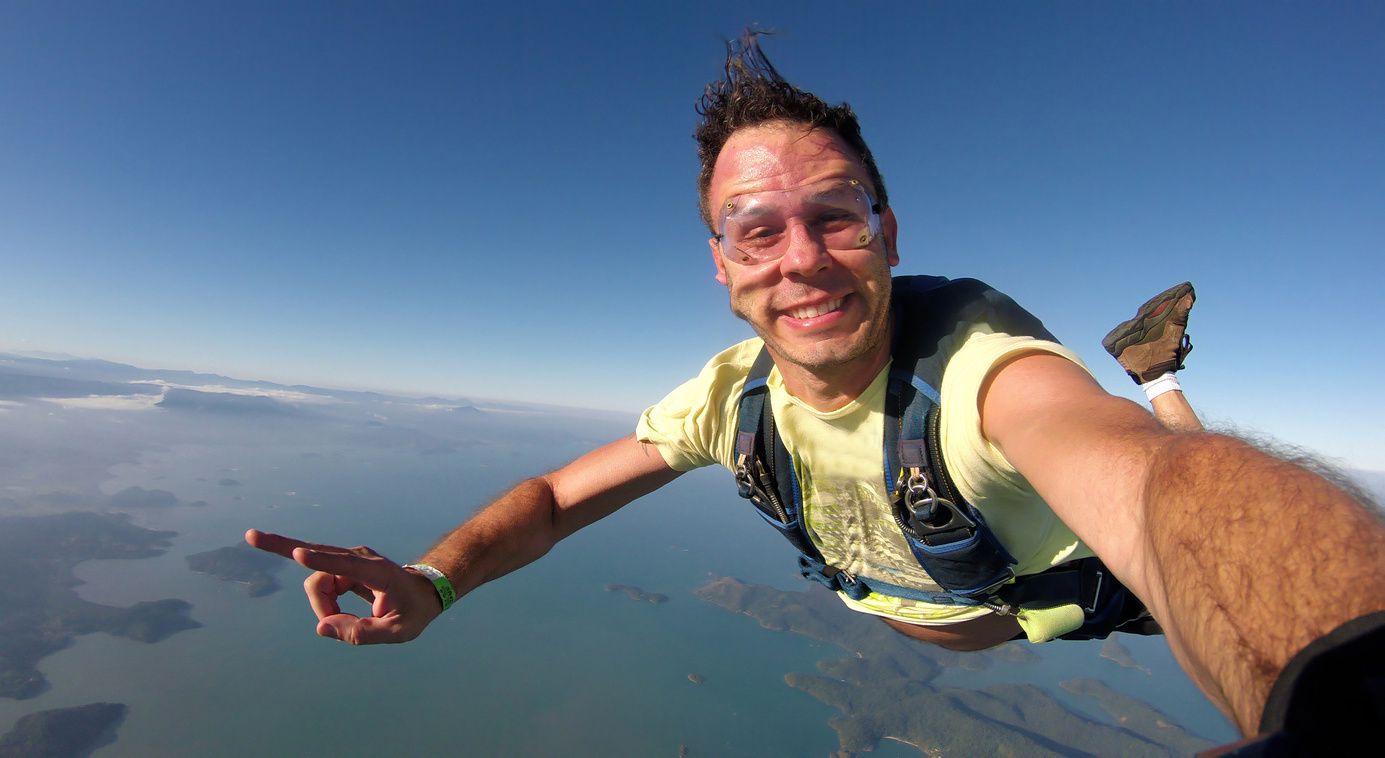There’s a scientific reason why some people risk their lives for a selfie
By CATHERINE FRANSSEN, Salon
From posing with wild animals to smiling near the brink of a large cliff, there has been a huge rise in "dangerous selfies," and it's time we stop brushing them off as acts of stupidity and go beyond the sensational headlines to find out what the underlying reasons are for these wild acts. The victims of dangerous selfies are people who exhibit normal behavior but lose their gamble.
According to a Carnegie Mellon University study there were 127 selfie deaths across the world between March 2014 and September 2016, and more people have died since. So why are people risking their lives for a photo?We like taking risks
We take risks for the rewards.
A shot of adrenaline mixed with a booster of dopamine and the reward pathways of our brains light up. I took a risk and survived! The evolutionary explanation of the pleasurable part of risk-taking behavior is to reward us for venturing into new territories, seeking more and better resources. Our brain is thrilled by being just a little scared and surviving. We pay big money to amusement parks to take us on roller coasters and rides that scare us, but when you add the safety harnesses and people operating the machines, you reduce the risk. And with less risk comes less reward. A smaller burst of dopamine, and suddenly that wasn't quite as much fun. Maybe if I ride with my eyes shut or my hands in the air? Dopamine is at the core of pleasure, and if you're seeking more of that delightful little neurochemical, you'll probably start escalating the risk factor.
Escalating the amount of risk you can handle might sound horrible and dangerous at first glance, but think about it: how else would you overcome the jitters of trying something new and become an amazing downhill skier or concert pianist or high-stakes investment trader? Success requires adventure, bravery and slowly increasing your tolerance to challenge.
Read the full story on Salon.com.
